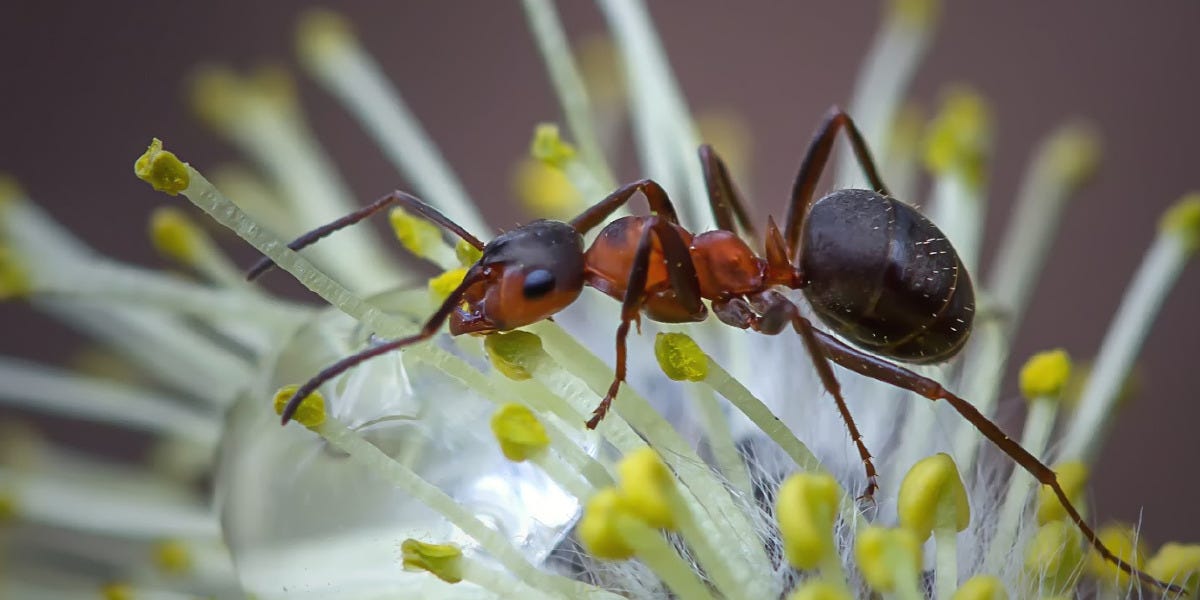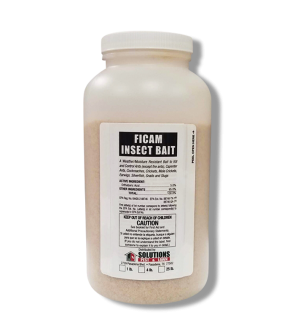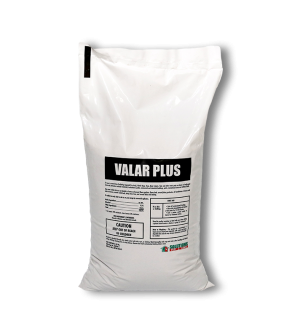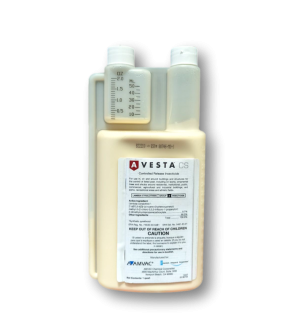Field Ant Control
Most Effective Products
Field Ant Control: How to Get Rid of Field Ants
This page is a general field ant control guide. By using the products and methods suggested you will get control of field ants. Follow this guide and use the recommended products and we guarantee 100% control of field ants.
Most ant species can nest within your home, with the exception of the field ant. Given the name this ant is commonly found within residential yards and tends to venture, but not stay in homes seeking food and water. They are associated with the title field ants, but they go by many other names that reflect their outdoor nesting preference like thatching ants, red ants, and wood ants.
The main source of food for field ants is a substance called honeydew, which insects like mealybugs and aphids produce. This food source helps to increase the presence of field ants which then can produce serious damages to your lawn. Field ants create mounds on top or around grass blades causing the lawn to become smothered, leading to discoloration and eventual death. Left untreated, these mounds can become impressively large allowing the field ants to hide away from pesticide applications and increase colony size.
So long as field ants have consistent food sources such as honeydew and other insects as well as undisturbed grassy areas then it will thrive. With the increased presence of this ant species your lawn can become unsightly in a short amount of time.
Though uncommon, the increased size of colony members also escalates the chances of homeowners becoming bitten when walking across your grass. To avoid unwanted field ant encounters, then follow the listed steps and professional quality products in a prompt manner to get rid of these invasive turf pests.
Identification

Before you can conduct field ant control, you will need to make sure the infestation is field ants and not other ant species. Misidentification can lead you to using the wrong treatment methods, costing you time and money. Here is a list of characteristics to properly identify field ants.
- Often confused with carpenter ants since they look strongly similar and come from the same subfamily of Formica and Camponotus. However, to tell the difference you will need to look at their environment and thorax. The field ant has a notched thorax whereas the carpenter ant has an evenly rounded thorax. Field ant nests are commonly found outdoors on the ground while the carpenter ant nests can be seen as tunnels within homes and other elevated wood sources like trees.
- Typically, field ants are a combination of either brown, black, or red colors. Though rare, this pest can also have a golden yellow coloration.
- In size, these ants range from 4 mm to 9 mm in length.
- Three segmented body that is unevenly rounded on the upper side.
- In addition of two large black eyes, the field ant will three small eyes known as ocelli on front of the ants head between the compound eyes.
- Circle of hairs at the tip of the abdomen.
Use the image and description above to help you correctly identify field ants within your lawn. If you are not entirely sure, contact us with a photo of your pest through phone or email or in-person at one of our store locations to assist with proper identification. A sample of the pest may be brought as long as its in a sealable plastic container.
Inspection

After field ants have been properly identified, you can move forward with inspection. During this step, you will locate sites of field ant infestations and the conditions allowing the ant to thrive. This will help in determining where to focus pesticide applications and avoid unnecessary product usage. Search during the day since this is when field ants are most active.
Where to Inspect
Field ants nest in outdoor sites like underneath trees, logs, firewood piles, cement slabs, brick, stones, in grass, and around homes foundations and sidewalks. They do not establish mounds indoors, but do travel inside searching for food or on porches. These ants are usually found in yards, fields, and wooded and landscape areas.
What to Look For
The mounds of field ants are created from soil brought up from galleries below the nest, which gives the nest a granulated appearance. Their mounds can be three to four feet wide and over two feet tall. These dome-shaped mounds are rarely higher than grass blades. Often field ant mounds are mistaken for fire ant mounds due to absence of opening into the mound.
The worker ants might also be spotted foraging for food on porches, sidewalks, around outdoor trashcans, and on any available sweets or meats. Though rare, if field ants travel into your home it will most likely be the kitchen or storage area where you keep your food products.
Treatment
Before proceeding with field ant control, you will need to wear the proper personal protective equipment (PPE) such as a long-sleeved shirt, gloves, mask, safety glasses, coveralls or tyvek suit, and closed-toe shoes with socks.
Unlike carpenter ants, field ants are most active during the day. Like most ant species, field ants will need to be treated at their source of nesting and areas of feeding. Residual insecticides that have a long-lasting effect on treated areas will help to eliminate active or foraging field ants and ants that were not present at the time of application.
Step 1: Ant Mound Control with Ficam Insect Bait

The first thing to do when treating for field ants is to remove their mounds. The mound itself should not be disturbed otherwise field ants will travel deeper into the nest or other parts of your yard thus increasing the amount of nests within your property. When mounds are present you can treat them with baits containing boric acid.
Ficam Insect Bait is an orthoboric granular bait that mimics food that the field ant would enjoy and allows the material to be carried back into the nest to spread to other colony members. This product contains the active ingredient orthoboric acid 5% which eliminates the field ants once its ingested.
Apply 1/2 to 1 oz. of Ficam Insect Bait around all ant mounds. You may also apply along noticeable ant trails and in areas where field ants have been noticed. This product may be applied with a handheld spreader, power duster, or directly from the container. This product may also be placed in removable bait stations in areas accessible to ants but inaccessible to children and pets.
Wait until field ants are no longer present within ant mounds before applying other pesticides, fertilizers, or biologically-active materials. If this product becomes contaminated with another pesticide it will not be effective. Keep children and pets out of treatment area until application has been completed.
Step 2: Broadcast Valar Plus Bifenthrin Granules Across Lawn

Valar Plus Bifenthrin Granules is a bifenthrin based granule insecticide labeled to eliminate a wide range of pests like ants and other insects that the field ant depend on for honeydew like mealybugs. Once applied, it will continue to fight against insects for up to 3 months.
We recommend using a push spreader to broadcast Valar Plus Bifenthrin Granules across your entire lawn to address any foraging or present field ants.
To treat for field ants, you will use 2.3 to 4.6 lbs. of Valar Plus Bifenthrin Granules per 1,000 sq. ft. or 100 to 200 lbs. of product per acre.
Determine how much Valar Plus Bifenthrin Granules to use by calculating the square footage of your treatment area. To find this, measure the lawns length and width in feet then multiply (length X width = square footage). For acreage, take the square footage and divide it by one acre (square footage / 43,560 = acreage).
Load your spreader with the measured amount of Valar Plus Bifenthrin Granules. Start by walking in a straight, parallel line from the corner of your treatment area in a back and forth motion until you have evenly covered the site.
Once you have applied the proper amount of Valar Plus Bifenthrin Granules across your treatment area you will then water it in with a liquid insecticide like Supreme IT.
Step 3: Treat Outdoor Areas with Supreme IT

As field ants are most active in grassy and other outdoor areas you will need to use a residual liquid insecticide to activate the previous application of Valar Plus Bifenthrin Granules.
Supreme IT is a powerful suspended concentrate insecticide that will be used to control present and future infestations of field ants, and other species of insects for up to 90 days. Both Valar Plus Bifenthrin Granules and Supreme IT will help to treat large areas such as your lawns and perimeter of your home against pests like field ants.
To get rid of field ants within your lawn and away from your home will use 1.0 fl. oz. of Supreme IT per gallon of water per 1,000 sq. ft. If field ants are present in ornamentals then use 0.25 to 0.5 fl. oz. of product per 1,000 sq. ft. or 10.8 or 21.7 fl. oz. of product per 100 gallons of water. With each application method, you will want to mix and apply it with a hose-end sprayer to treat large scale areas.
To fill your sprayer you will first need to turn the water off in your garden hose. Attach the hose-end sprayer nozzle to your outdoor garden hose. Remove the bottom reservoir from the hose-end sprayer and add half the amount of water then pour in measured amount of Supreme IT. Pour the remaining half of water into the reservoir.
Once the solution is mixed, attach the reservoir back onto the hose-end sprayer. Turn the water from your garden hose back on and push the plastic valve to release the solution. Spray the top and bottom of foliage leaves until wet, but not to the point of run off.
Perform a perimeter treatment by spraying 3 feet up and 6 to 10 feet out from your homes foundation. While spraying also treat the underside of eaves and soffits, around window and door frames, outdoor cracks and crevices, sidewalks, driveways, patios, and porches.
Firewood is not to be treated. Do not allow people or pets to contact or reoccupy treated areas until the spray has dried.
Prevention

Once you have successfully eliminated the field ant infestation, you will need to take some preventative measures to ensure they do not return. In order to obtain full control of field ants there are several steps to take in modifying your yard to make it less suitable for these ants. Continue with the following preventative steps against field ants.
- Field ants often come into yards that are open and less disturbed by people. For this reason, maintain regular lawn care practices such as mowing your turf when it reaches 3 inches in height, rake fallen plant debris, and pruning overgrown tree and shrub branches.
- Seal cracks and crevices around your homes foundation, around window and door frames, and other voids in your patio or porches with caulk. Open voids often allow field ants to travel unintentionally into your home or for search of other insects.
- Secure outdoor trash cans with tight-fitting lids to prevent field ants from crawling into them or creating nesting sites near this area.
- Store firewood and other wood materials off the ground and away from your homes foundation to avoid mounds near your home.
- Overturn bricks, stones, concrete slabs, and other objects in your yard to limit suitable nest sites for field ants.
- Treat your yard every 90 days with Supreme IT to eliminate honeydew producing insects like aphids and mealybugs as well as other insects that field ants depend on for food and the ant itself.
Key Takeaways
What are Field Ants?
- Field ants are the second largest ants compared to Carpenter Ants and are often encountered in residential yards.
How to Get Rid of Field Ants
- Mounds of field ants will be the first thing to remove when treating their populations. Once the mounds are controlled, you will then proceed with long-lasting insecticide applications that can treat large areas like your lawn with Valar Plus Bifenthrin Granules and Supreme IT.
Preventing Field Ant Reinfestations
- Keep field ants from reinfesting your yard with regular lawn maintenance such as mowing and reducing yard clutter by overturning objects. Additionally, you will need to store wood piles off the ground and secure food sources by applying Supreme IT every 90 days and placing tight-fitting lids on outdoor trashcans.















































































































































































































































































































































































































































































































































